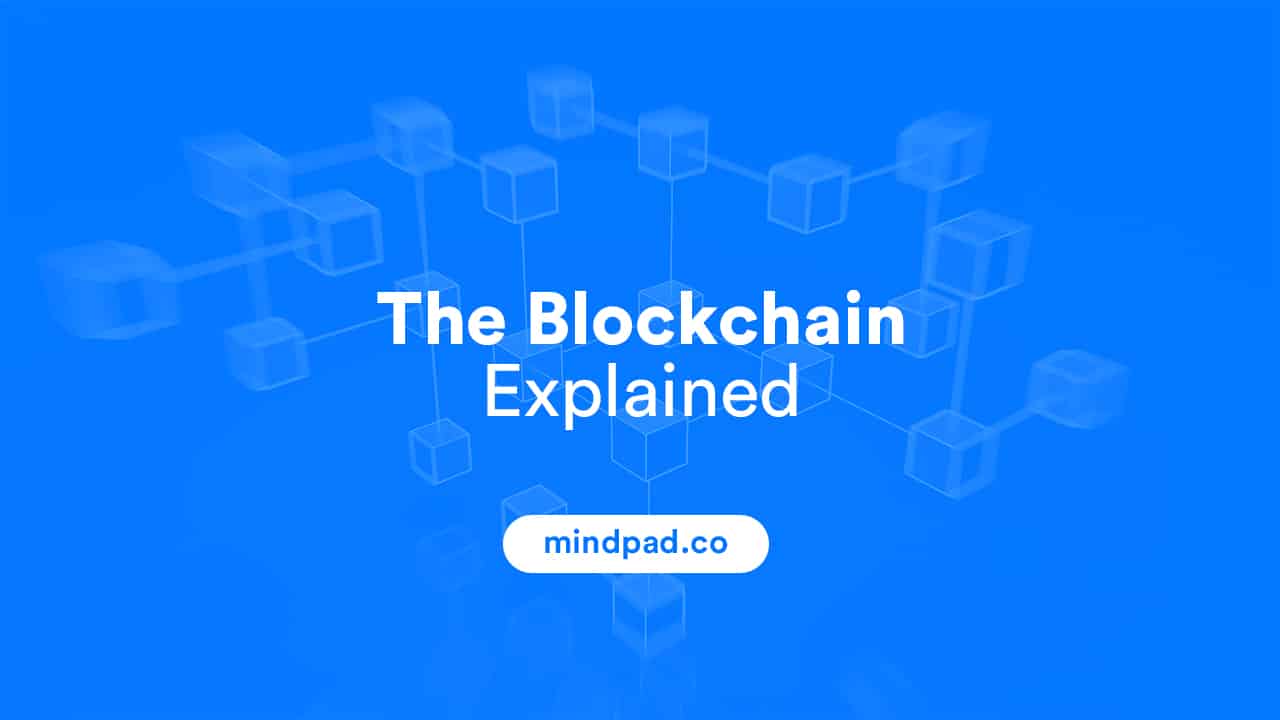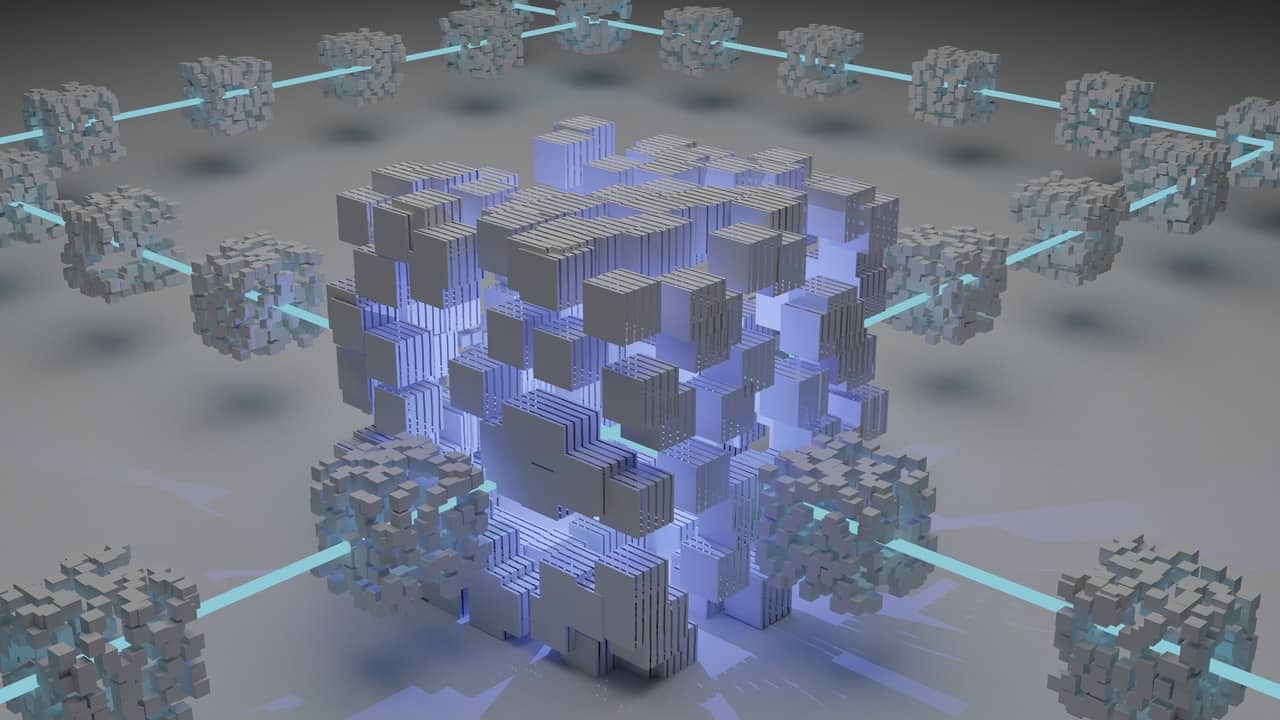Blockchain Explained: What Is A Blockchain?

You’ve probably heard a lot about the Ethereum blockchain. In this article we will explain what a blockchain is. We also have an article and video about gas fees, click here for the article and here for the video. We also cover mining in another article.
A blockchain is a distributed database that is shared among computer network nodes. A blockchain, like a database, stores information electronically in digital format.
Blockchains are best known for their critical role in cryptocurrency systems such as Bitcoin in keeping a secure and decentralized record of transactions. The blockchain’s innovation is that it ensures the fidelity and security of a data record. It generates trust without the need for a trusted third party.
The way data is structured differs significantly between a traditional database and a blockchain. A blockchain collects information in groups known as blocks, which hold sets of data. When a block’s storage capacity is reached, it is closed and linked to the previous filled block. It then forms a data chain known as the blockchain.
All new information that follows that newly added block is compiled into a newly formed block. This block is then added to the chain once it is complete.
A database typically organizes its data into tables, whereas a blockchain, as the name suggests, organizes its data into chunks (blocks). These blocks are then strung together. Once it’s implemented decentralizedly, this data structure creates an irreversible time line of data.
When a block is completed, it is set in stone and becomes a part of this timeline. After a block is added to the chain, it is given an exact time stamp.
Key blockchain take aways:
- Blockchain is a type of shared database that differs from traditional databases in the way data is stored; blockchains store data in blocks that are then linked together using cryptography.
- As new data arrives, it is added to a new block. Once the block has been filled with data, it is chained onto the previous block, resulting in the data being chained together in chronological order.
- A blockchain can store various types of data, but its most common use to date has been as a transaction ledger.
- In the case of Bitcoin, blockchain is used in a decentralized manner, so that no single person or group has control—rather, all users retain control collectively.

